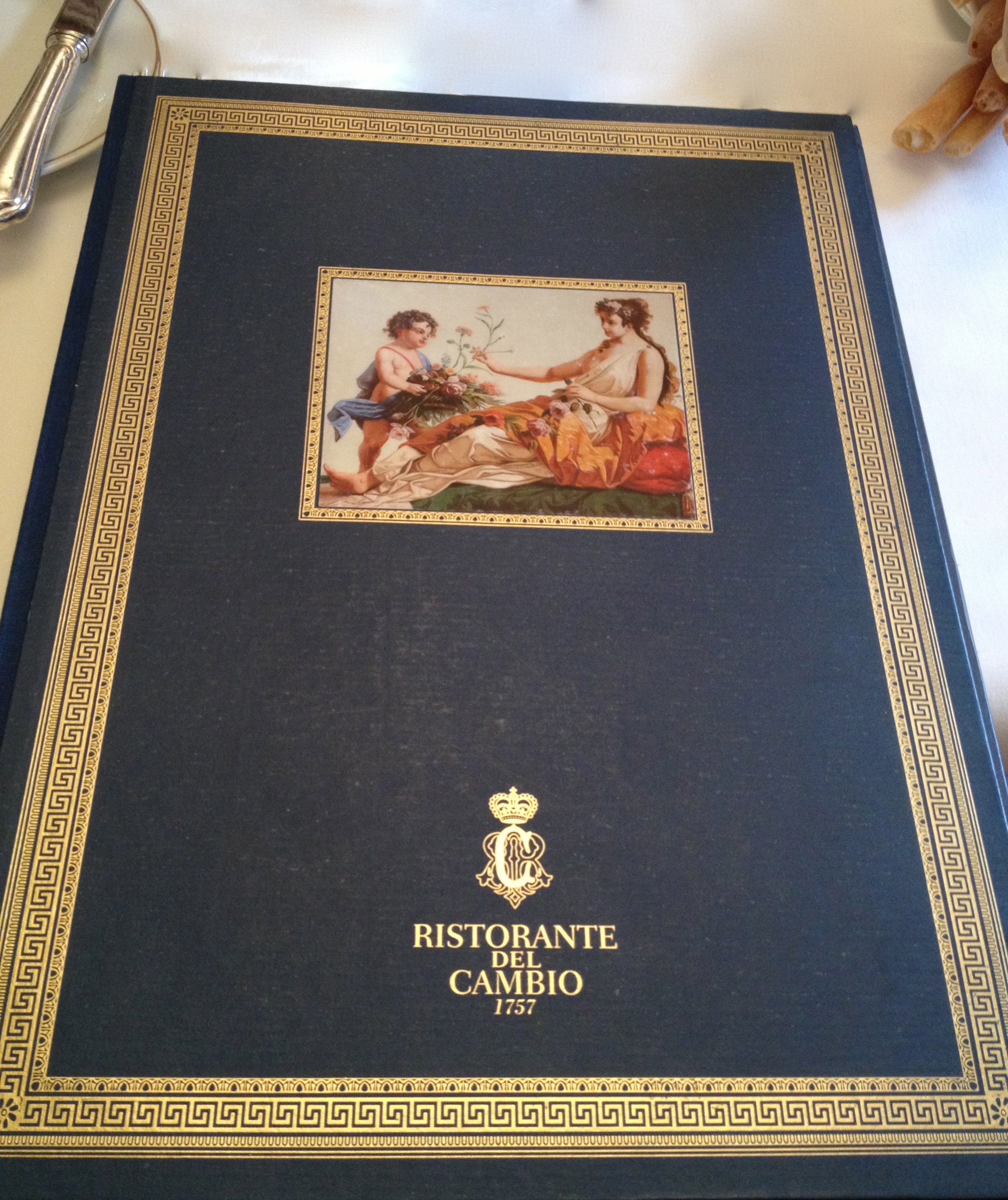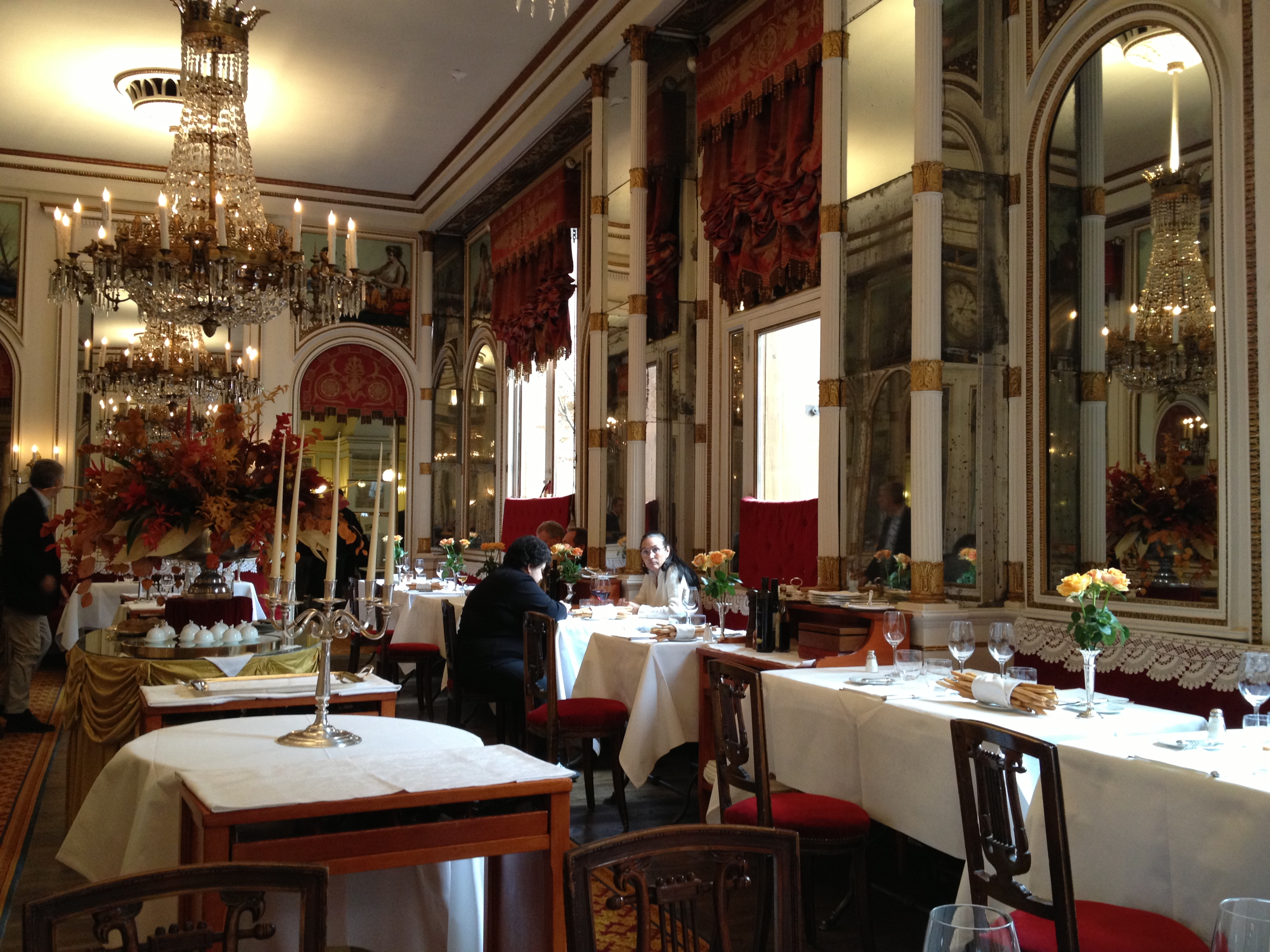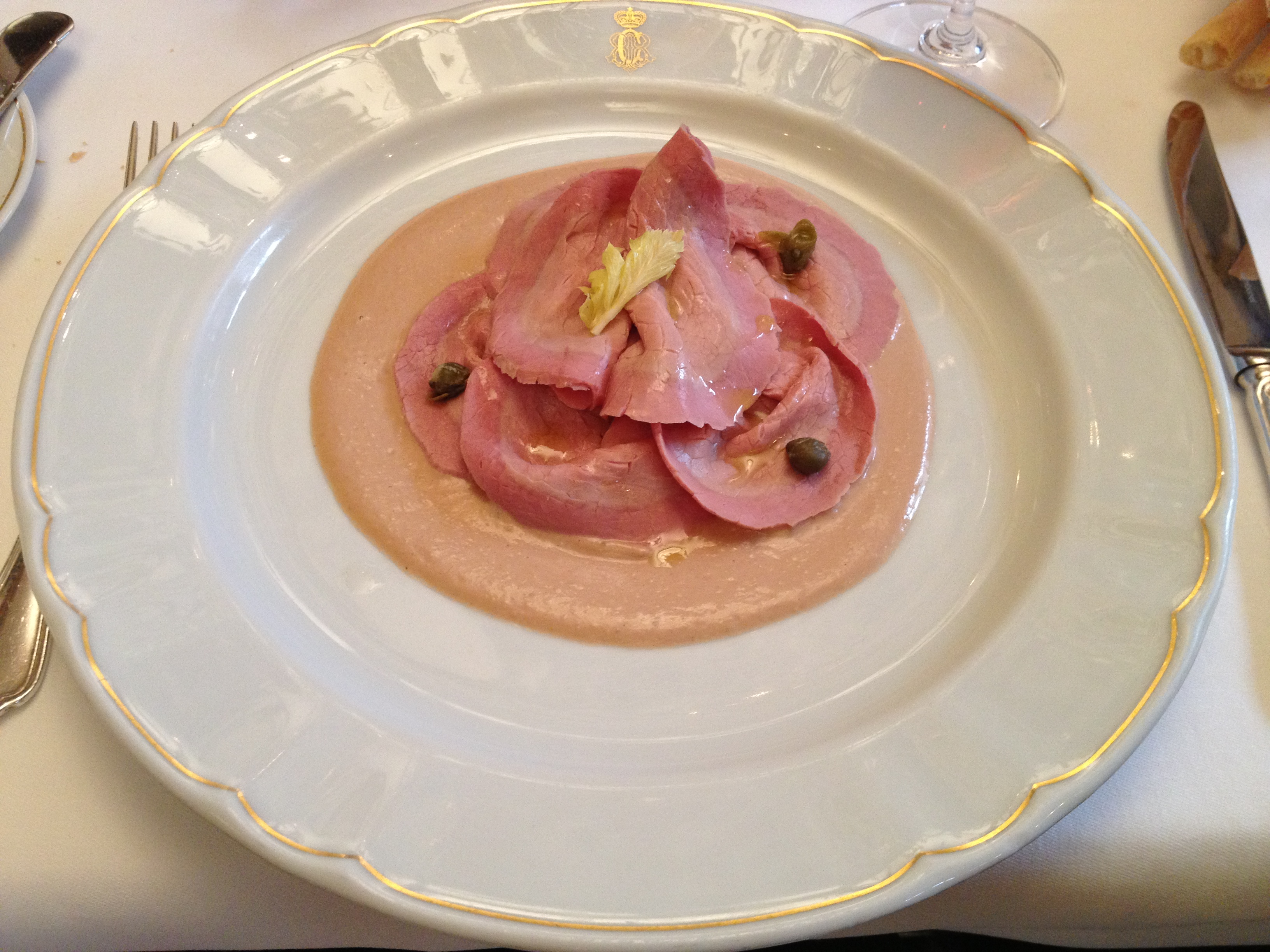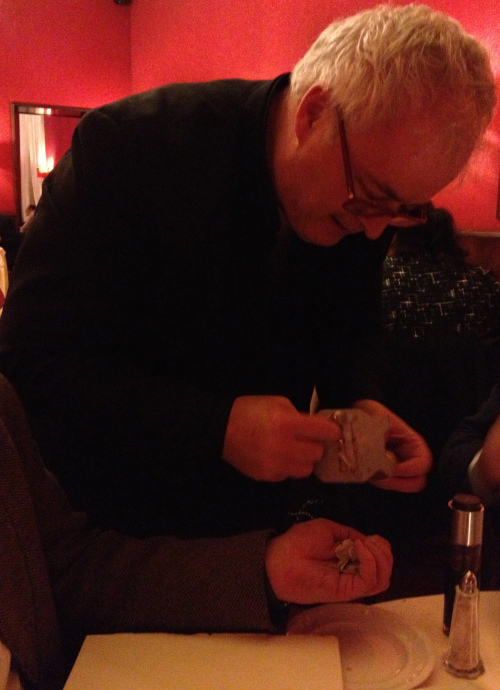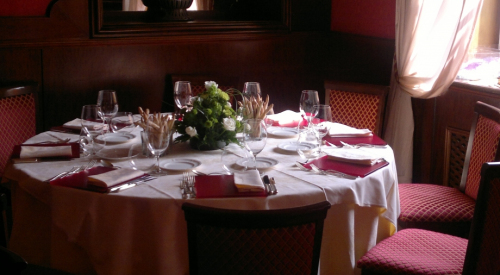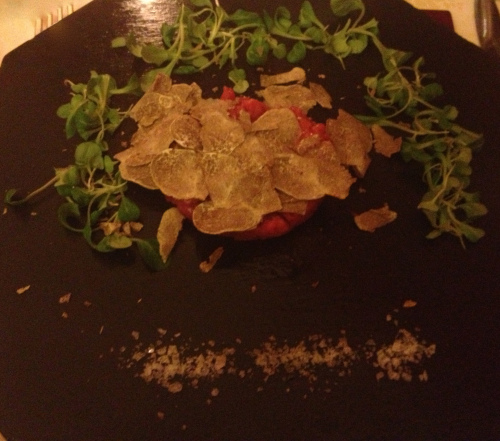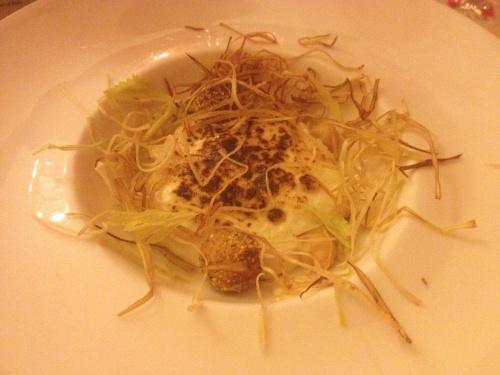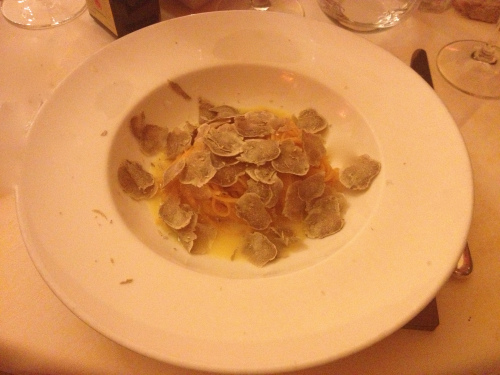Learning biodiversity through farmers markets in Turin, Italy
The farmers markets in Turin, Italy, are the most intriguing botanical affairs for edibles in Europe. If you wonder what the difference between citron [cedro] and lemon is, keep reading as more confusing, unusual, yet superior ingredients are found at the green markets around Italy’s first capital.
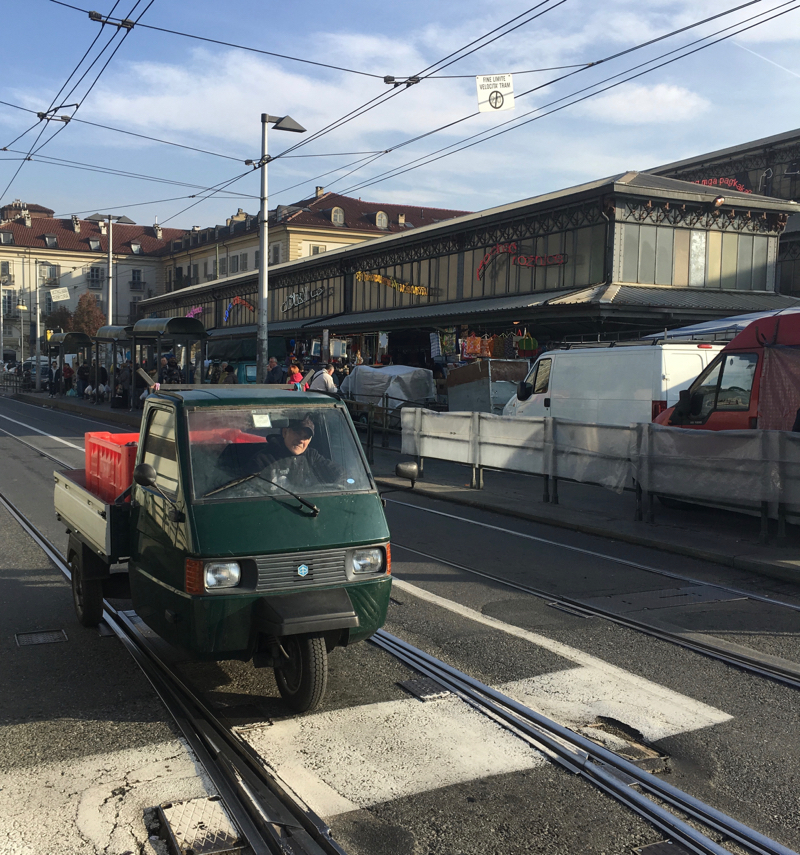

Seeking biodiversity while traveling
Traveling the world, always seeking the best foods and above all rare local gems, has excited me ever since I packed my first suitcase. I was heading for Italy, and two decades later I keep returning. I circled the globe countless times. Exploring local food in depth, the magnifying glass of curiosity tied my belt of knowledge tighter. China, Thailand, Colombia, Peru, Japan, Morocco, California, and Italy emerged as the most diverse ingredient hubs. Mexico was a close tie. Some markets were Anthony Bourdain’s hives of “W.T.F.! This is real”: frogs jumped our of the buckets in Bangkok, fried bees and beetles ‘winged’ on me in Southern China, snakes whirled the water in buckets in Hong Kong, horse heads freaked me and my sister out in Cuzco and offal tuned my stomach into yogic inversions in Istanbul.
Wiser through experience, these days I tend to float towards fruits, herbs, spices and vegetables. In that regard, Italy feels more like home to me. The Slow Food nation celebrates its native plants with the flamboyance of an Armani-clad male. French ingredients are too polished, usually less fragrant, and further from their delicious, yet less regulated wilderness.


Farmers markets in Turin
Even if you are not an obsessive foodie like myself, never miss checking out the farmers markets in Turin. It is a cultural trip, for food is a serious social affair in Piedmont. The former royal capital of Savoy is a dichotomy of its former grandeur and rustic I-do-not-care shabbiness. Yet, here the oldest cafés in Europe frame the flaky facades, the Italian constitution was negotiated at its first parliament, best quality chocolate is made traditionally and in the contemporary single estate purity.
The farmers markets in Turin are as distinct as the produce sold at them. Turin’s reputation as a socially liberal city draws authenticity and diversity in.


Porta Palazzo Market
The Porta Palazzo Market is the busiest and at times messiest of all. At the biggest open market in Europe, almost 700 vendors trade under the naked sky and inside the market halls daily, except Sunday. Regular hours and policed geolocation are its hallmarks. It’s not all hyperlocal. One vendor brings delicious sweet mangoes, pomegranates and other sun-lovers from Sicily.
The vast space shields a covered fish market, butchers hall, cheese and dairy in controlled temperature environment. Blended in is an imported bounty outdoor market and my favourite local farmers market tucked behind. Cheese makers, sausage specialists, vegetable growers, free-range egg vendors, mushroom foragers and wild flowers pickers from the Cuneo Province stream in.
The citron (Citrus medica), a large fragrant citrus fruit with a thick rind. It is one of the original citrus fruits from which all other citrus types developed. Sliced ultra-thin like a carpaccio, poured over olive oil and gem salt, a gourmandise at its best.
For five years in hay-aged goats and sheep cheese.
Crosnes: I was disappointed by the stringiness of the “Chinese radish” also known as Chinese artichoke by the only Asian vendors at the market, who sold me a tough, rough, almost tasteless crosnes. I enjoy the twirled roots’ delicate nutty taste (boiled and grilled with butter), but these were a tough chew. To their credit, their flowering pak-choi and Chinese garland chrysanthemum leaves were extraordinary.
The less spicy than Asian but a juicy daikon (originates in the Mediterranean).
Scorzonera (black salsify), a black, long, radish-like stick that peels off into white nakedness.
Barba di becco, in a flan with cheese
An abundance of wild greens such as bittersweet grespino comune.
Diversity of oranges – some honey sweet, others flowery fragrant, some extremely juicy, others more firm.
Saltwort, known also as agretti and barba di frate (scientifically Salsola Soda) with its mineral taste reminds of seaweed crossed with spinach. Excellent blanched or parboiled and served with white fish.
The cardoon from any producer was too bitter, only eggs, butter, cream or other smoothly enveloping ingredients balanced it.
Ancient grains like barley in all shapes, einkorn, spelt, kamut and millet.
Beans (fagioli) of dozens of subtypes and other colourful dried legumes, some resembling artful ceramic fragments.
On the fringes, cables, electronic jumble, third-hand scarves and plenty of waste-not appliances and frocks that some posh citizens would call rubbish – are being haggled with multi-ethnic entepreneurs.
Piazza della Repubblica, Torino
Monday – Friday 8:30am-1:30pm; Saturday 8:30am-6:30pm

Mercato di Campagna Amica
More like a co-op is the Mercato di Campagna Amica. The “Friendly Land Market” assembles regional growers and mainly food artisans on the city’s squares on weekly rotations. On the third Sunday this March the Piazza Madama Cristina was spring festive, the pace more relaxed and it felt more clean, orderly and spacious than the rather suffocating Porta Palazzo’s hush.
Here, the local high society shops. Nevertheless, the emblems of the “km0” [kilometro zero] philosophy clashed with exotic, imported cocoa in locally made chocolates. Otherwise foodstuff proximity is the guiding principle at this Turin market.
I bumped into its bright yellow stands while jogging towards the Po river. Like at other farmers markets in Turin you find: Ancient grains and flours, cookies bread (gluten-free), home-baked cakes, Piedmont wines, Fontina Valdostana, Robbiola cheese, Ricotta, Primosale or Seiras di mucca mountain cheese. Piedmont DOC hazelnuts – raw, roasted, pureed into paste, pressed into fragrant oil or incorporated into pastry, pasta and snacks.
Specialties: Bagnet ross, a typical Piedmontese tomato and pepper sauce.
Marmalades with peach and ginger or Pom Matan – a native green-red apple variety grown around Turin.
Barley, rice and hazelnut puffed crackers (galette) and wholemeal spelt pasta by La Peracca.
Marmalades, typical Ligurian pesto, creative organic and biodynamic dips and condiments by Molino del Conte in Alessandria. I liked the nettle-olive and golden purslane (portulaca oleracea, also known as little hogweed) accompaniments to pasta, fish or meat. The later, omega 3-rich, salty stems with their tiny leaves are healthy for their antibacterial, antioxidant, depurative and diuretic potencies.
Sundays 9am – 7pm
Oltremercato
Market of natural and ecological products with 34 exhibitors in front of the municipal house. Monthly, thematic demonstrations and classes include wine tasting, bread baking, stone milling, tincture making, everything bees or garlic, even global organic cotton presentation.
Piazza Palazzo di Citta, Torino
Fourth Saturday of the month (excluding July and August)

Ogni frutto ha la sua stagione
A market based on seasonal products organised by the Italian confederation for farmers.
Piazza Carlo Alberto, Torino
Third Sunday of the month.
Biological market alla Giajone
A fair trade initiative of Tutto Un Altro Mondo, New World and City Ward 2 underneath the arcades of the Giajone farm building. Coffee, tea, herbs, chocolate, sugar, biscuits, cakes, candies, honey, jams, Italian rice, pasta, cous-cous, quinoa, spices, freshly squeezed fruit juices mix in books, magazines and information briefs about fair trade.
Via Guido Reni 102, Torino
Saturday: 9am-1pm
Mercatino delle erbe (Herbal market)
The market of typical plant-based Piedmontese products. Vegans rejoyce at this animal-friendly affairs.
Via Garibaldi e Piazza Palazzo di Citta, Torino
First Sunday of the month from 9am
Donne in campo (Women in the field)
A purely feminine market of agricultural and handcrafted products from Piedmontese women producers. Social justice, not a touristy hanky-panky.
Via Roma, via Cesare Battisti & Piazza Carlo Alberto, Torino
Second (June) & third Sunday of the month (March, June, September and December)
On weekdays smaller markets shuffle around Turin and the nearby towns. Find an updated rotation calendar on Piemonte Coldiretti Torino website.


The farmers markets in Turin are not as scenic as the monthly organic market in Dolceaqua, where Monet found his muse, but they are the most multi-ethnic, to slow-food dedicated urban food assemblies in Europe. The foundation of modern, immigrant Italy itself streamed from Turin. The Slow Food University nearby in Pollenzo and its graduates disseminate its ethical values so proactively that the local consumers chime in.
I love visiting particularly late in the fall, winter and early in spring when the Alps are snowcapped with fluffy hats. The annual cycle of seasonal impermanence had almost vanished from our cosmopolitan globalised lives, but the resurgent locavore trend revived the quest for nutritional quality and harmony in the millennial lifestyles. Buying food directly from the produces is more emotional and transparent pursuit that brings more satisfaction with one’s diet.






























